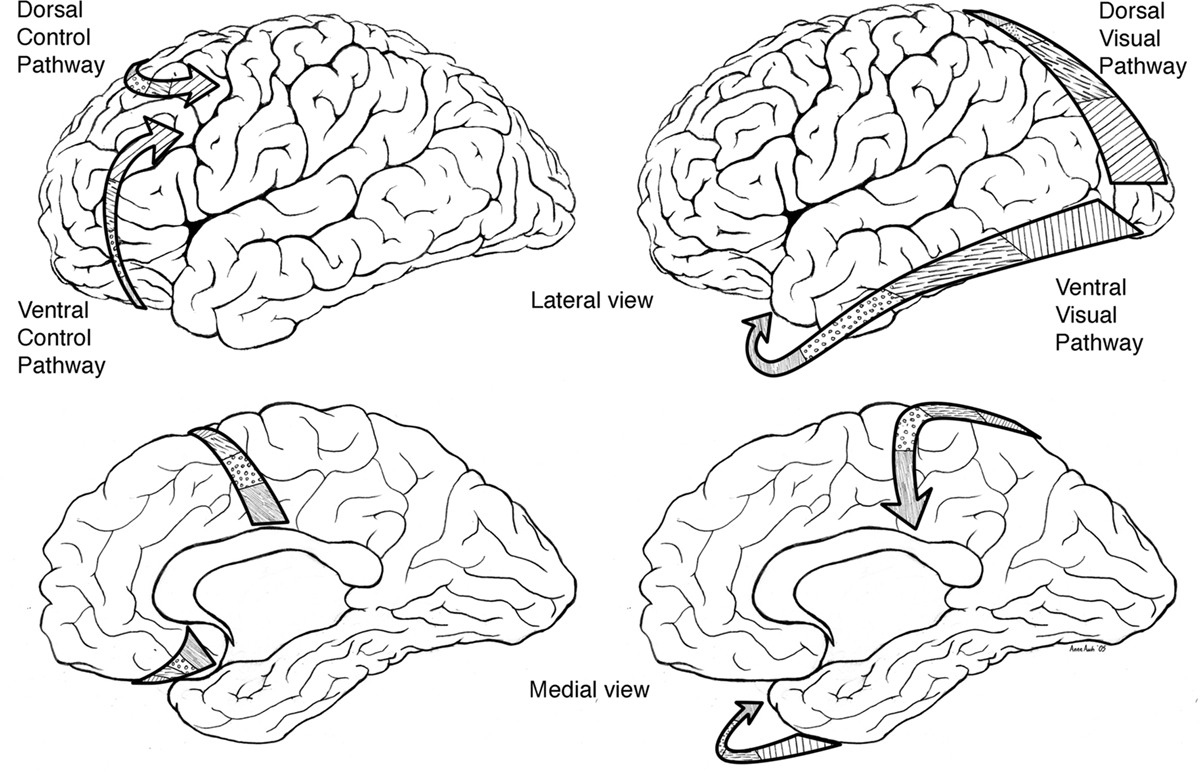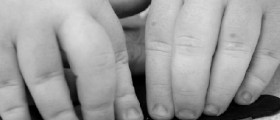
Sensory Integration / Sensory Processing Disorder
Sensory integration disorder is a neurological type of disorder characterized by the brain’s inability to process, integrate and respond to various sorts of information normally received from the body’s sensory systems. It is also sometimes referred to as sensory processing disorder or sensory integration dysfunction. The aforementioned sensory systems are responsible for the detection of the movements, the position, the pain, temperatures, tastes, smell, sounds and sights. Once the brain received all the data it combines the picture taken from all the sensory systems so that the body can make sense of all its surroundings and respond accordingly. The relationship between the brain and the behavior of a person is called sensory integration and it is of utmost importance for the behavior and learning abilities. The process of sensory integration is an automatic one. When the process is characterized as an inefficient one and when it requires additional attention and effort in order for the sensory integration to occur, the condition is referred to sensory integration disorder.
Causes and Symptoms of Sensory Integration / Sensory Processing Disorder
This type of medical condition is usually present in young children and its detection commonly occurs at such a young age. Normal sensory integration gets developed in most children throughout the course of ordinary childhood activities. When the process of the sensory integration is in disorder there are a wide array of different types of behavior, development and learning problems which tend to occur. Children affected by sensory integration dysfunction are usually not able to respond to different sensory information. In most cases the response from such affected individuals is usually inappropriate and too extreme for the given situation. There are three different ways in which the neurological disorganization triggered by the sensory integration disorder may occur. In the first way the brain is unable to receive messages because there is a disconnection in the neuron cells. In the second way, all the sensory messages are received but in a rather inconsistent manner. The third way is characterized by consistently received messages which do not connect with other sensory messages in a proper manner. There is a rather extensive list of symptoms which may be associated with the sensory integration disorder but the most common ones include poor body awareness, poor self concept, inability to calm oneself, inability to unwind oneself, lack of self control, impulsive behavior, apparent carelessness, physical clumsiness, delays in motor skills, delays in language, delays in speech, difficulty learning new movements, emotional problems, social problems, unusually low levels of activity, unusually high levels of activity, limited attention control, tendency to be easily distracted, difficulty in making transitions from one situation to another, under reactivity to sounds, under reactivity to sights, under reactivity to movement, under reactivity to touch, over sensitivity to sounds, over sensitivity to sights, over sensitivity to movement and over sensitivity to touch.
Diagnosis of Sensory Integration / Sensory Processing Disorder
In order to diagnose this type of medical condition, there are certain evaluations which need to be undertaken by a specialist. This evaluation commonly involves various tests and observations based on the responses to different kinds of sensory stimulations. Only through a careful analysis is the doctor able to diagnose the condition properly and recommend the most appropriate type of treatment method. It is of utmost importance to carefully choose the right treatment method because children affected by the sensory integration disorder often experience difficulties with effectively using fine and gross motor skills, staying on tasks to finishing point, dealing with frustration, handling high stress situations and managing anxiety. The sensory processing problems are usually associated with the difficulty with the ability to control impulses, have a proper level of activity, use self defense successfully, understand dependence and independence, appropriately learn new situations, change plans and handle new situations. The diagnosis of the sensory integration disorder is usually associated with other diagnoses such as depression, anxiety disorder, behavioral disorders, language disorders, attention deficit disorder, learning disabilities, autism spectrum and pervasive developmental disorder.
Treatment options
The conventional treatment plan for those who suffer from sensory integration disorder is largely dominated by occupational therapists. They provide the children with therapy but they also supply the sensory input and experiences. This type of treatment is often referred to as the sensory diet. It is characterized by carefully planned and schedules program of activities which need to be implemented. Each program is individual and it needs to be carefully developed and designed to fit the needs of each and every child. The calming, organizing and alerting techniques are combined in order to stimulate the proprioceptive, vestibular and tactile senses. There are also certain types of motor skills training methods which are commonly used in most cases of sensory integration disorder. An alternative method of treatment called therapeutic body brushing is also available.

















Your thoughts on this
Loading...